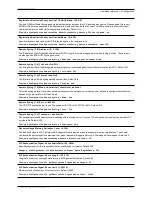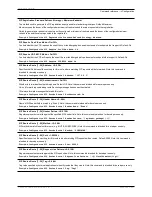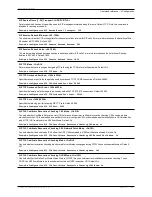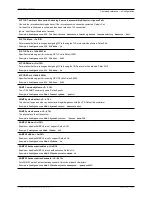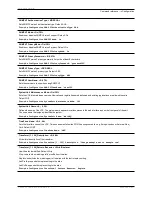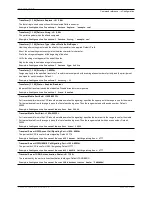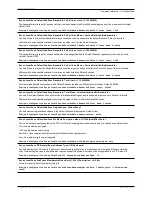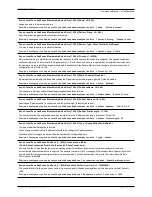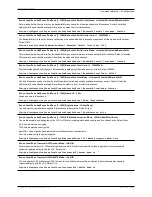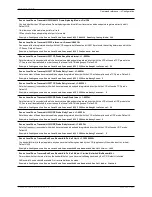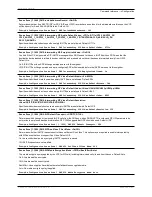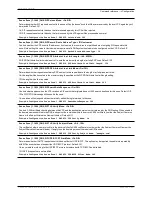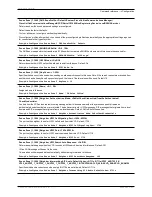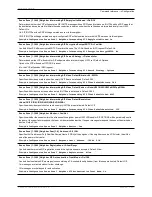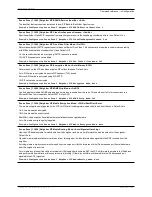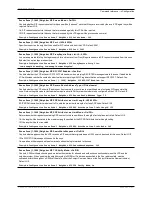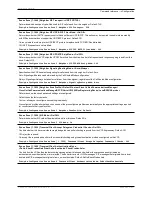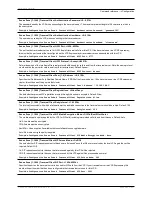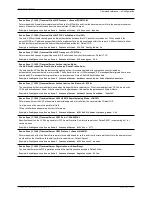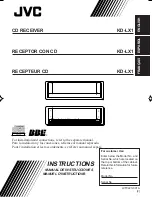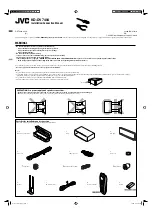
Traversal Server TURN Authentication Remote Mode: <On/Off>
Determines whether the server requires requests to be authenticated. When enabled the server will also authenticate its responses.
Default: On.
Example:
xConfiguration Traversal Server TURN Authentication Remote Mode: On
Traversal Server TURN Media Port End: <1024..65534>
The upper port in the range used for TURN relays. Default: 61799 .
Example:
xConfiguration Traversal Server TURN Media Port End: 61799
Traversal Server TURN Media Port Start: <1024..65534>
The lower port in the range used for TURN relays. Default: 60000 .
Example:
xConfiguration Traversal Server TURN Media Port Start: 60000
Traversal Server TURN Mode: <On/Off>
Determines whether the VCS offers TURN services to traversal clients. Default: Off .
Example:
xConfiguration Traversal Server TURN Mode: Off
Traversal Server TURN Port: <1024..65534>
The listening port for TURN requests. Default: 3478 .
Example:
xConfiguration Traversal Server TURN Port: 3478
Zones DefaultZone Authentication Mode: <DoNotCheckCredentials/TreatAsAuthenticated/CheckCredentials>
Controls how the VCS authenticates incoming messages from this zone and whether they are subsequently treated as
authenticated, unauthenticated, or are rejected. The behavior varies for H.323 messages, SIP messages that originate from a local
domain and SIP messages that originate from non-local domains. Default: DoNotCheckCredentials.
Example:
xConfiguration Zones DefaultZone Authentication Mode: DoNotCheckCredentials
Zones DefaultZone SIP Media Encryption Mode: <Off/On/BestEffort/Auto>
The media encryption policy applied by the VCS for SIP calls (including interworked calls) to and from this zone. Default: Auto.
On
: All media must be encrypted.
Off
: All media must be unencrypted.
BestEffort
: Use encryption if available otherwise fallback to unencrypted media.
Auto
: No media encryption policy is applied.
Example:
xConfiguration Zones DefaultZone SIP Media Encryption Mode: Auto
Zones DefaultZone SIP Record Route Address Type: <IP/Hostname>
Controls whether the VCS uses its IP address or host name in the record-route or path headers of outgoing SIP requests to this
zone. Note: setting this value to hostname also requires a valid DNS system host name to be configured on the VCS. Default: IP.
Example:
xConfiguration Zones DefaultZone SIP Record Route Address Type: IP
Zones DefaultZone SIP TLS Verify Mode: <On/Off>
Controls whether the hostname contained within the certificate presented by the external system is verified by the VCS. If enabled,
the certificate hostname (also known as the Common Name) is checked against the patterns specified in the Default Zone access
rules. Default: Off.
Example:
xConfiguration Zones DefaultZone SIP TLS Verify Mode: Off
Zones LocalZone DefaultSubZone Authentication Mode:
<DoNotCheckCredentials/TreatAsAuthenticated/CheckCredentials>
Controls how the VCS authenticates incoming messages from this subzone and whether they are subsequently treated as
authenticated, unauthenticated or are rejected. The behavior varies for H.323 messages, SIP messages that originate from a local
domain and SIP messages that originate from non-local domains. Default: DoNotCheckCredentials.
Example:
xConfiguration Zones LocalZone DefaultSubZone Authentication Mode: DoNotCheckCredentials
Cisco VCS Administrator Guide (X8.1.1)
Page 451 of 507
Reference material
Command reference — xConfiguration







